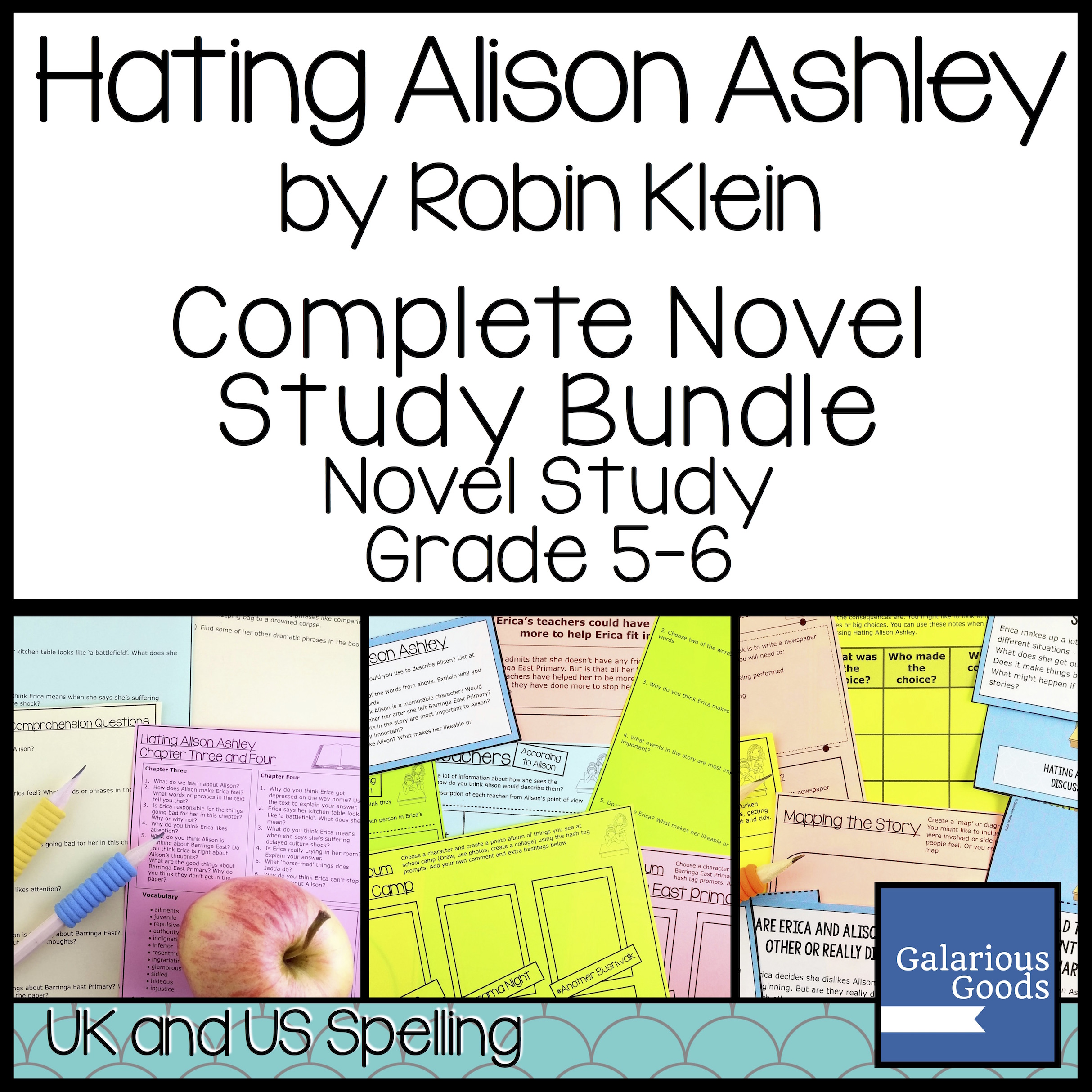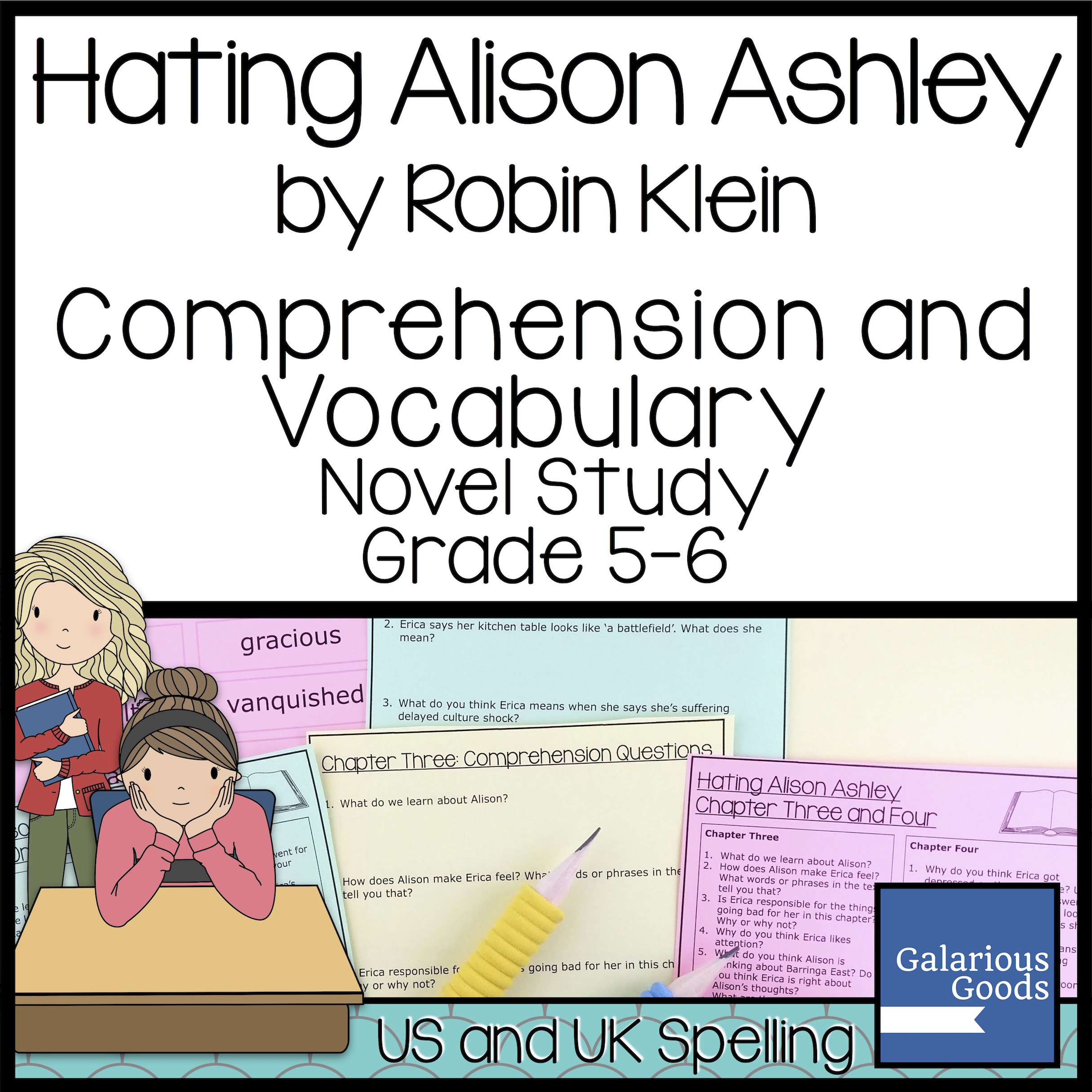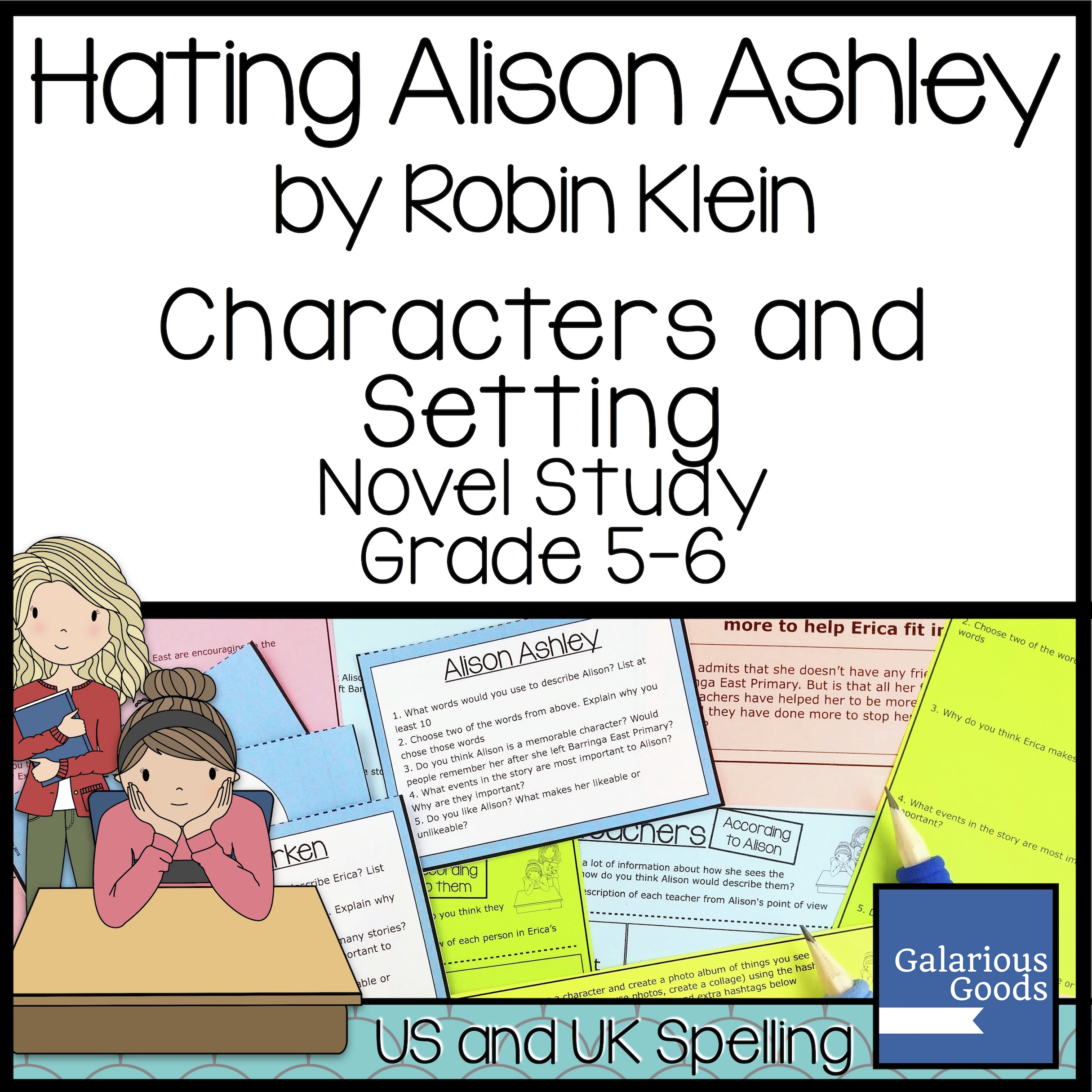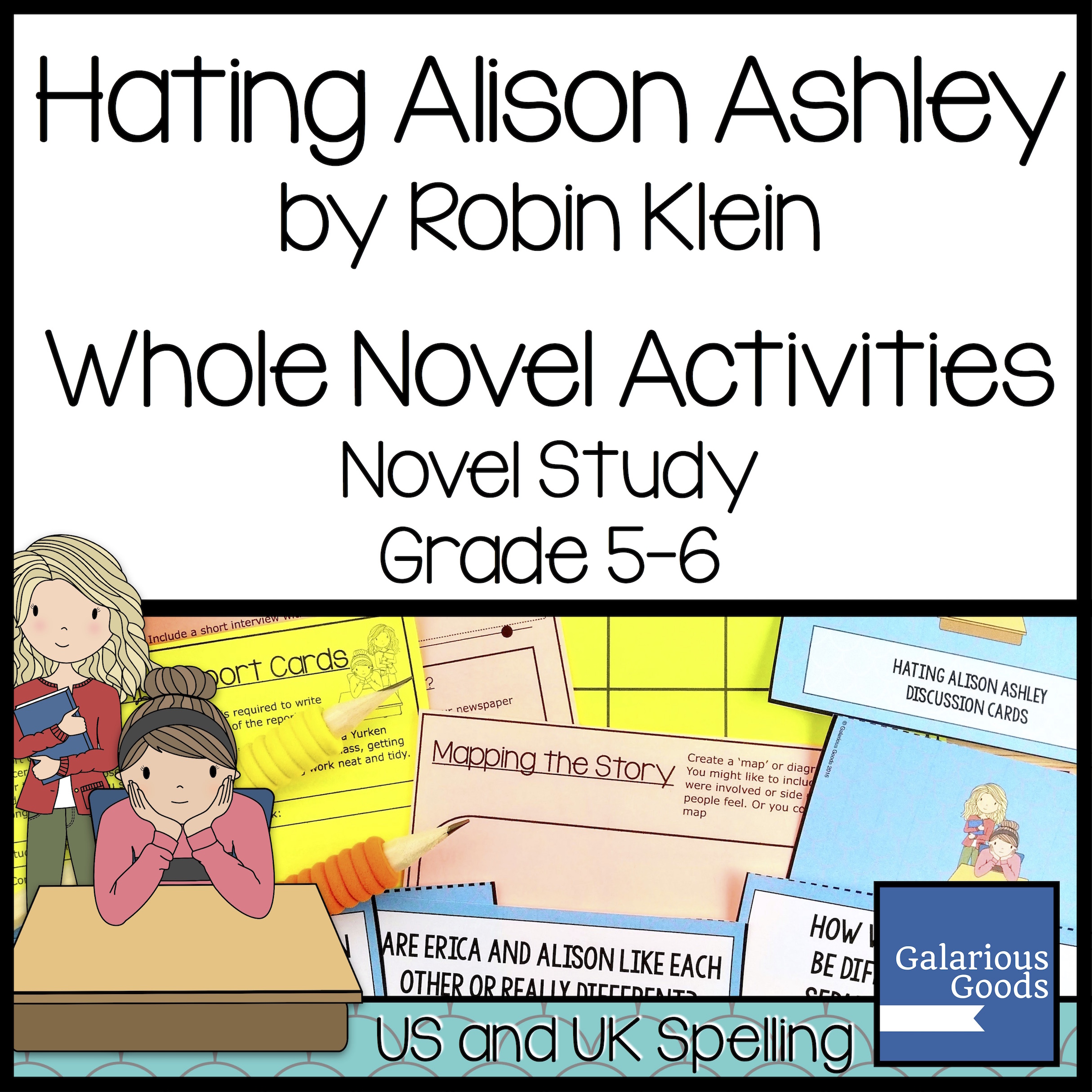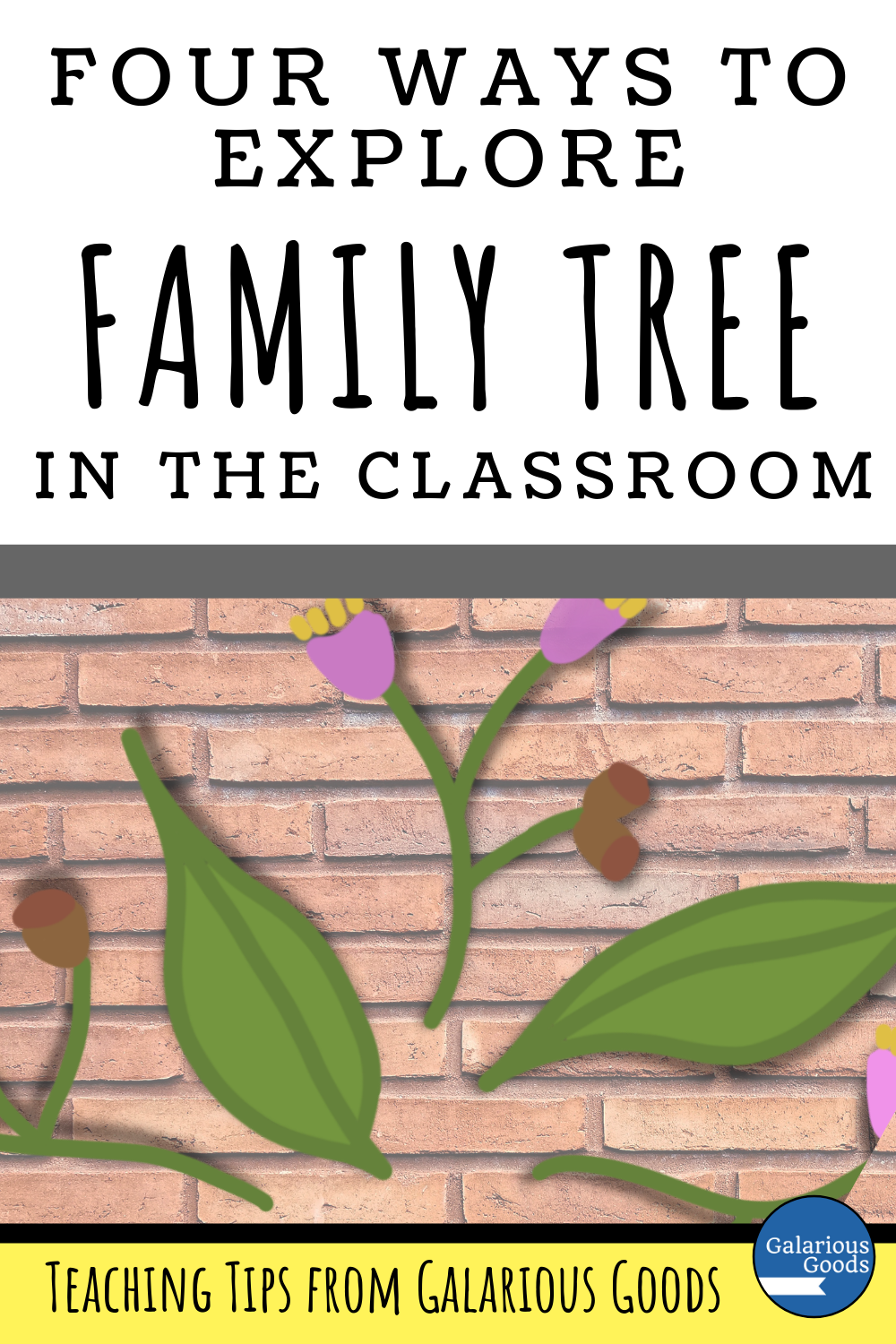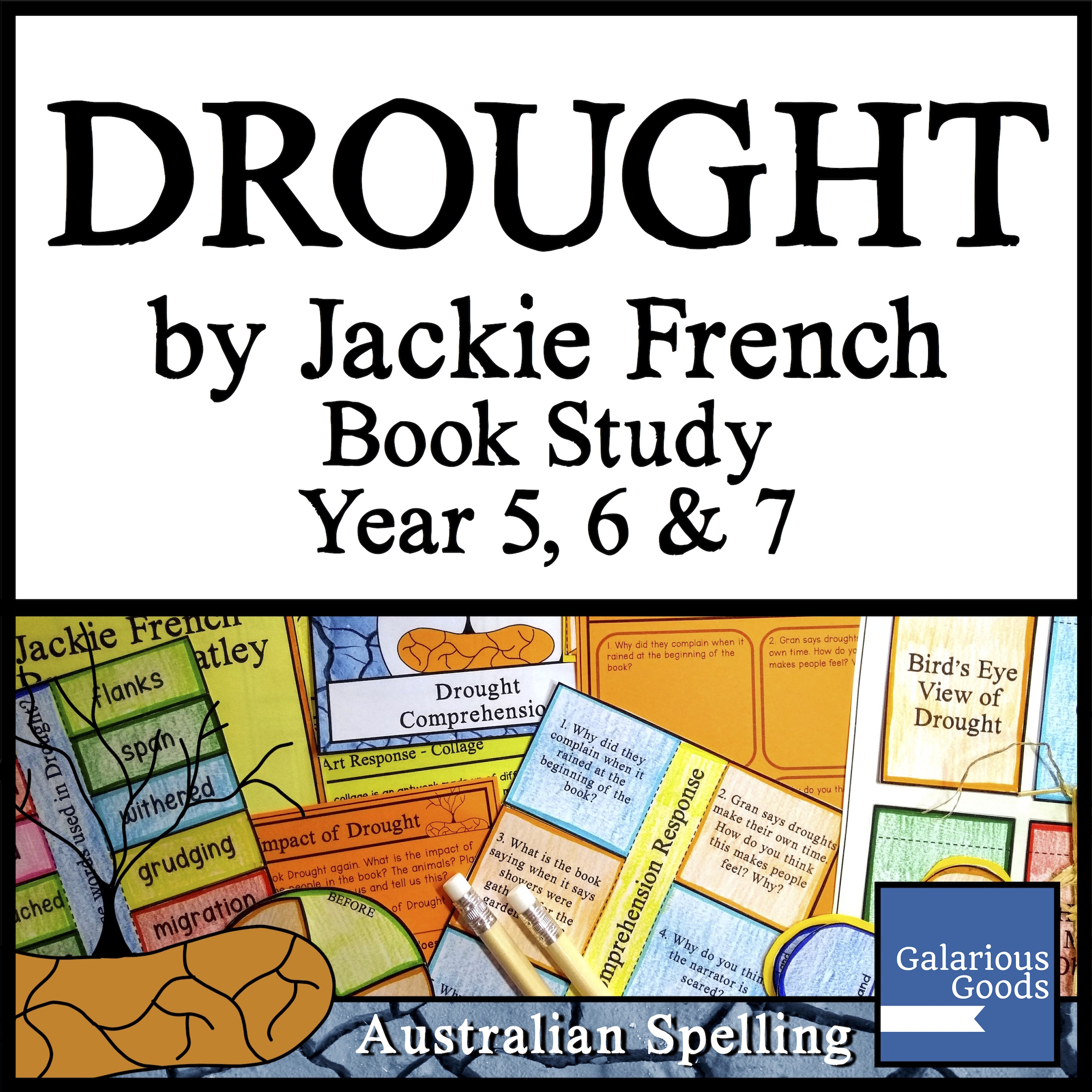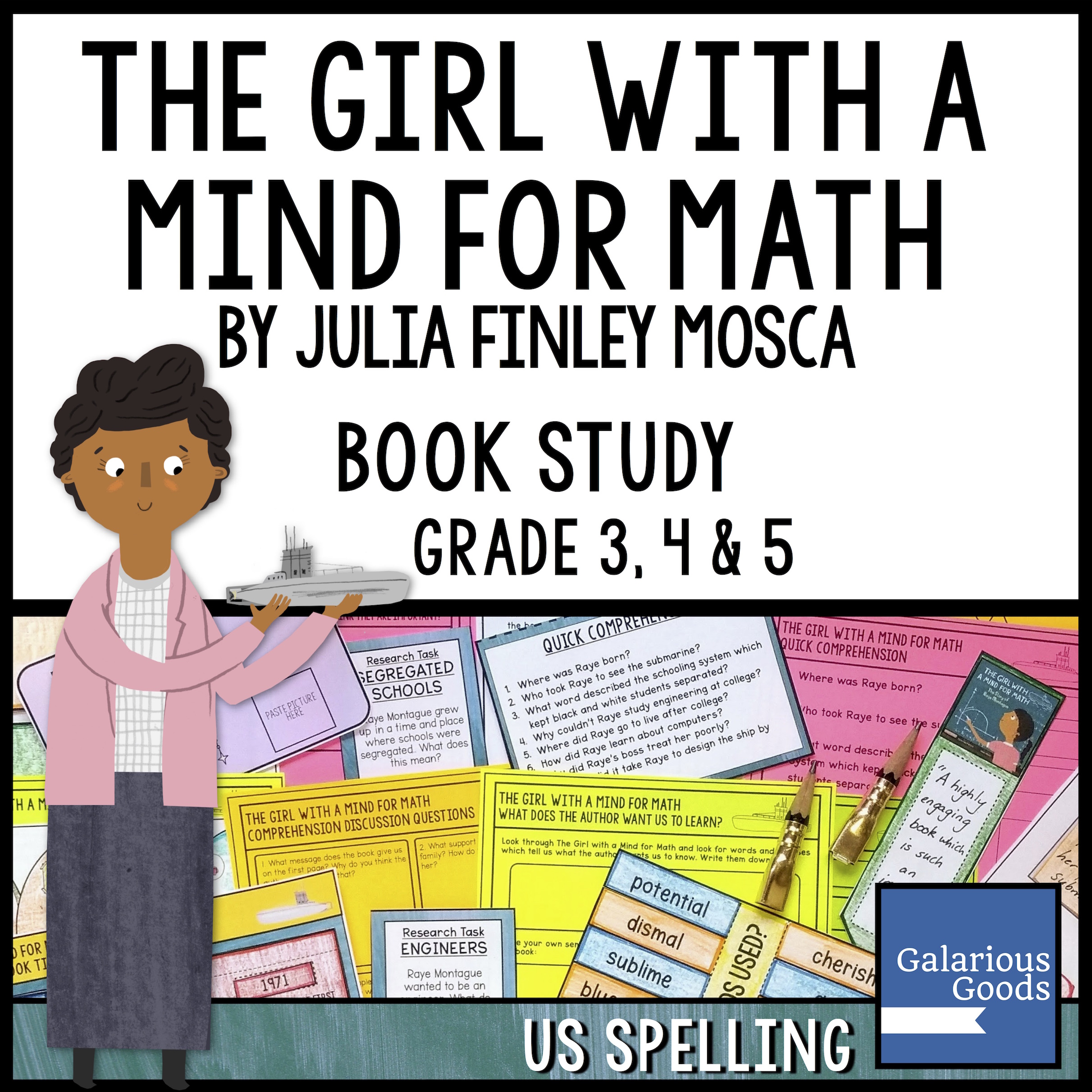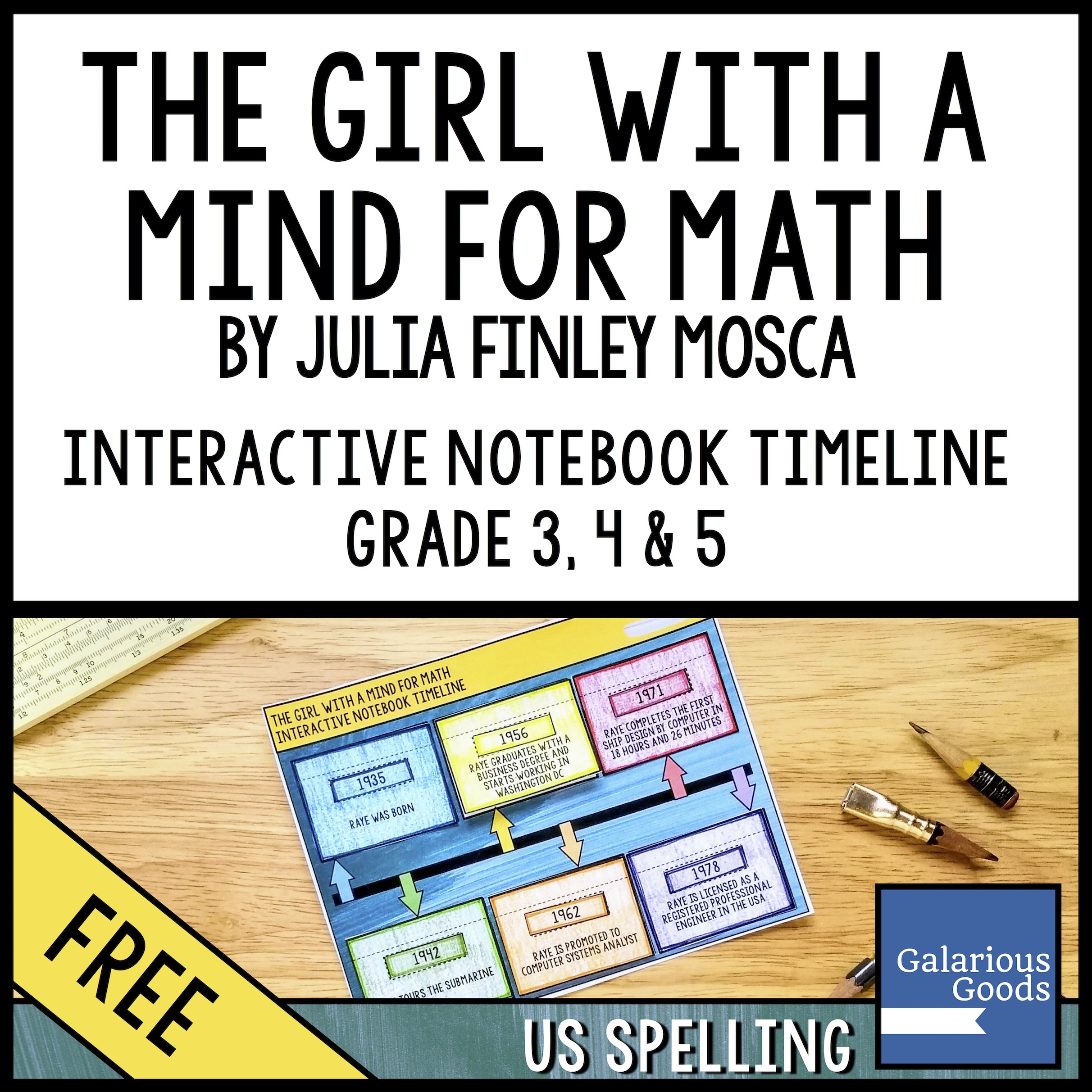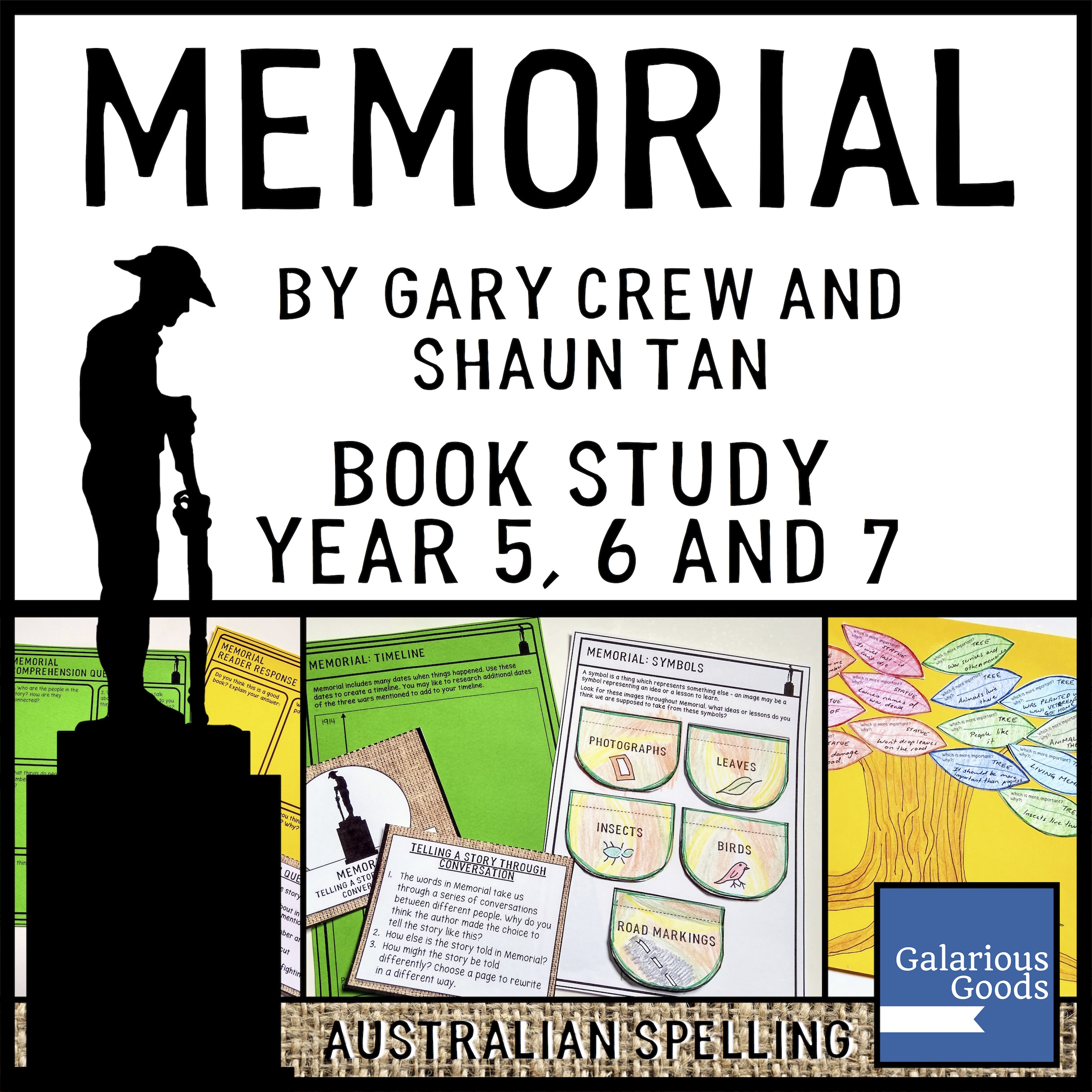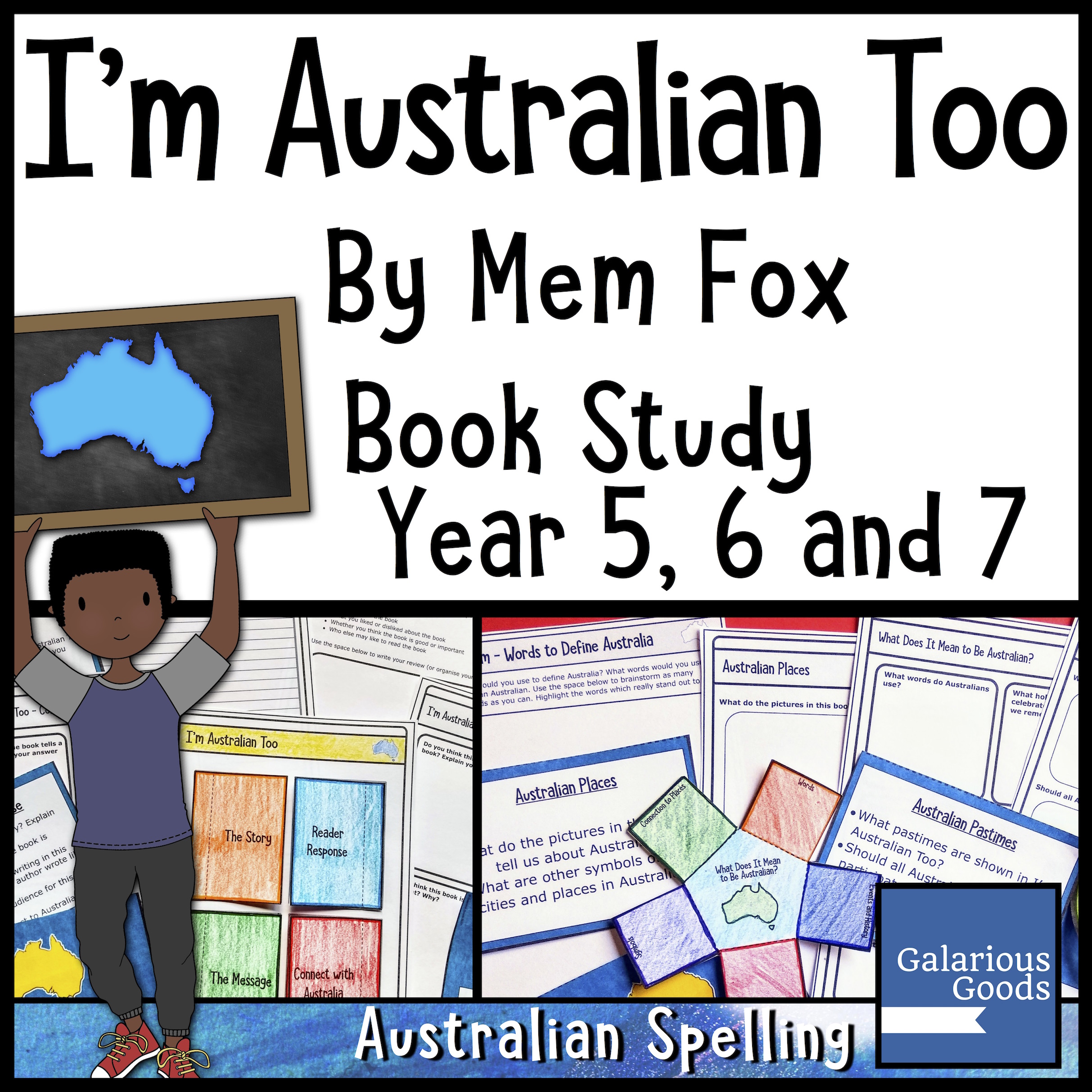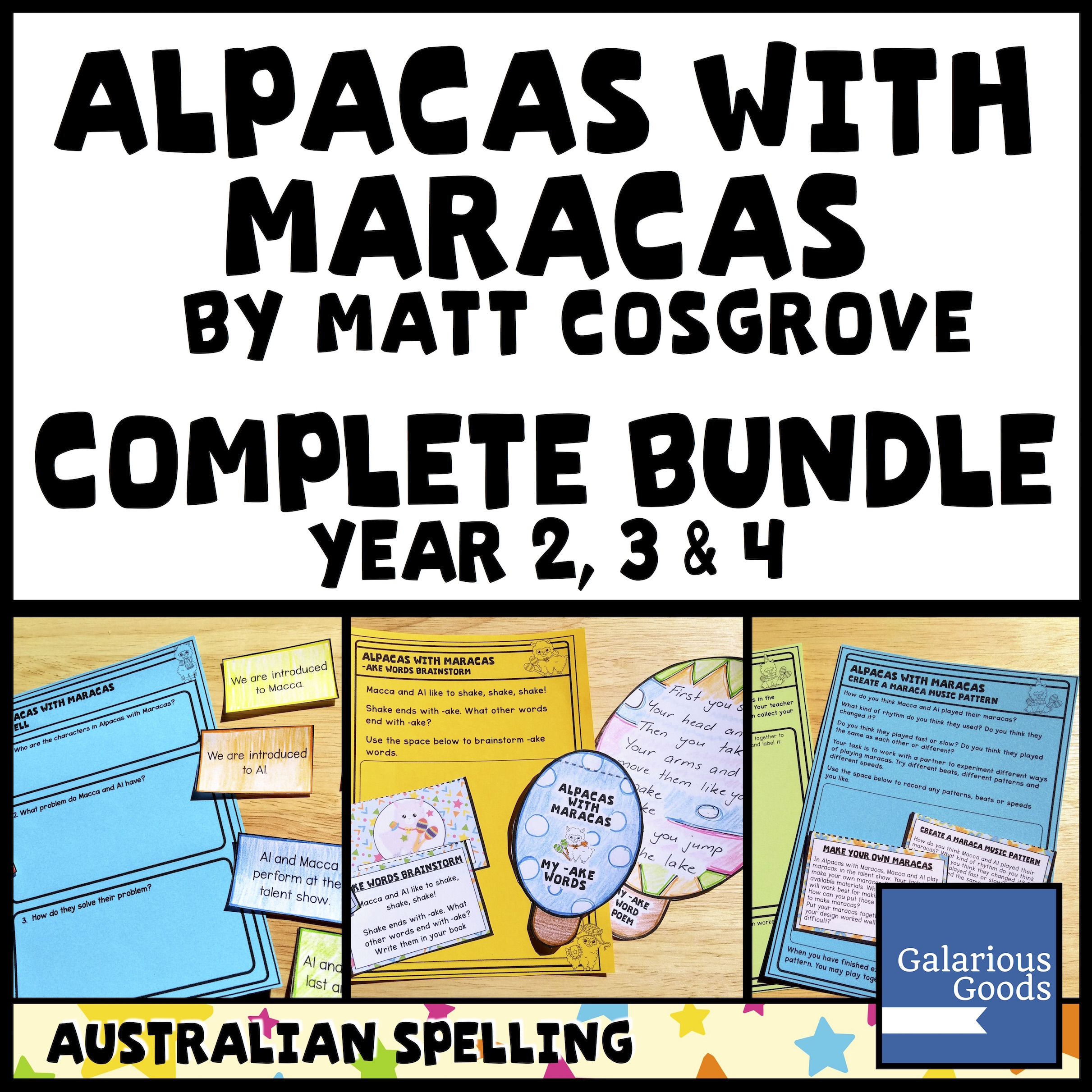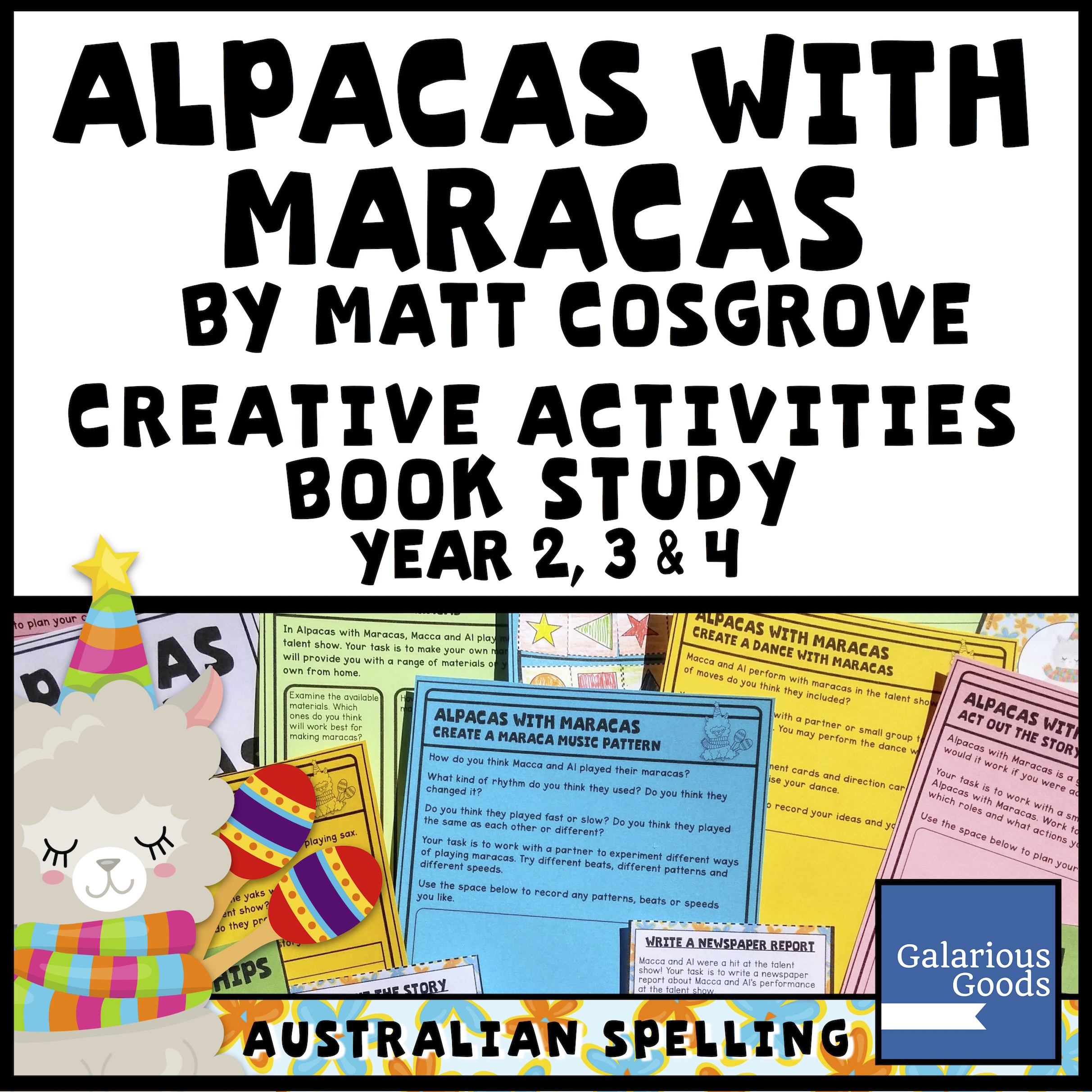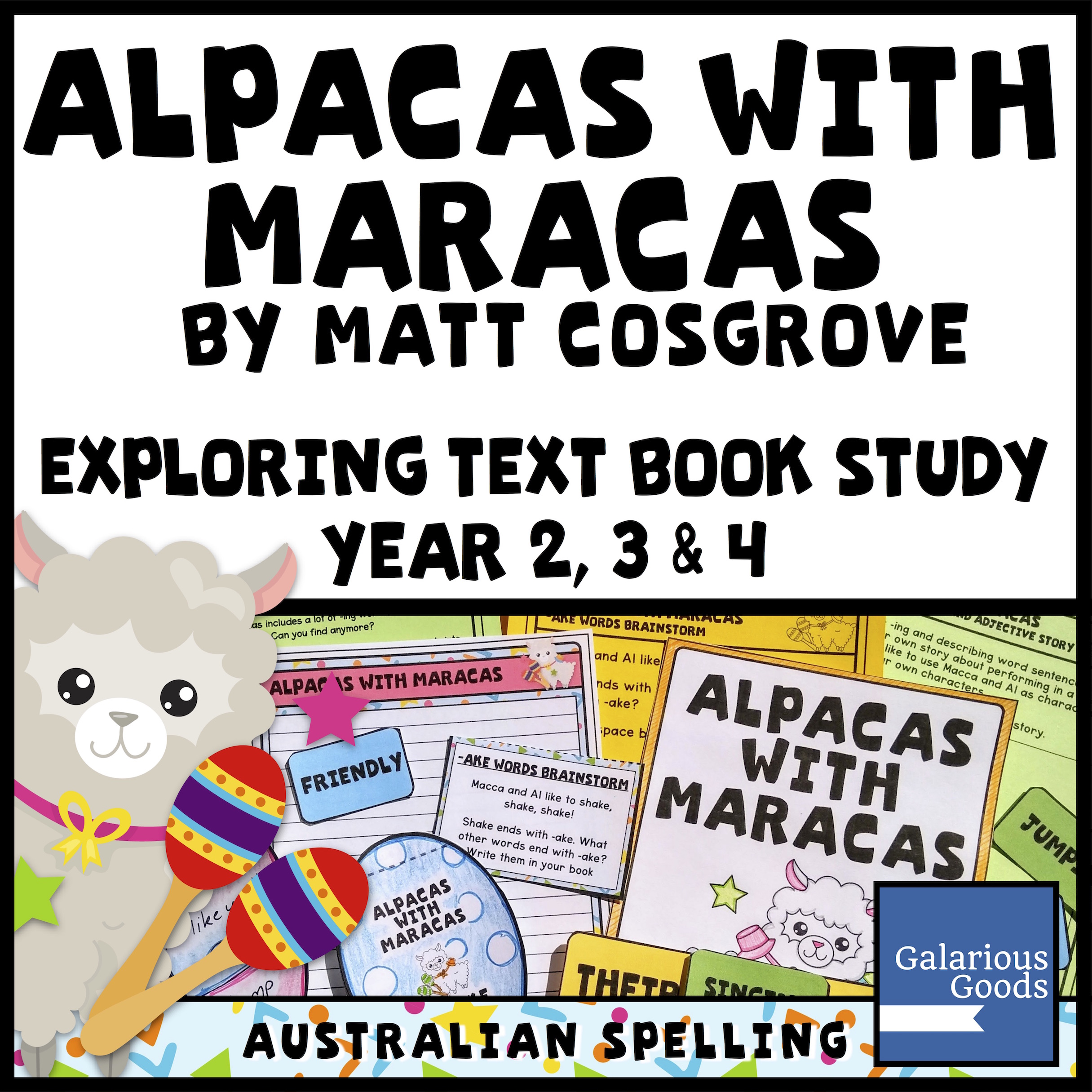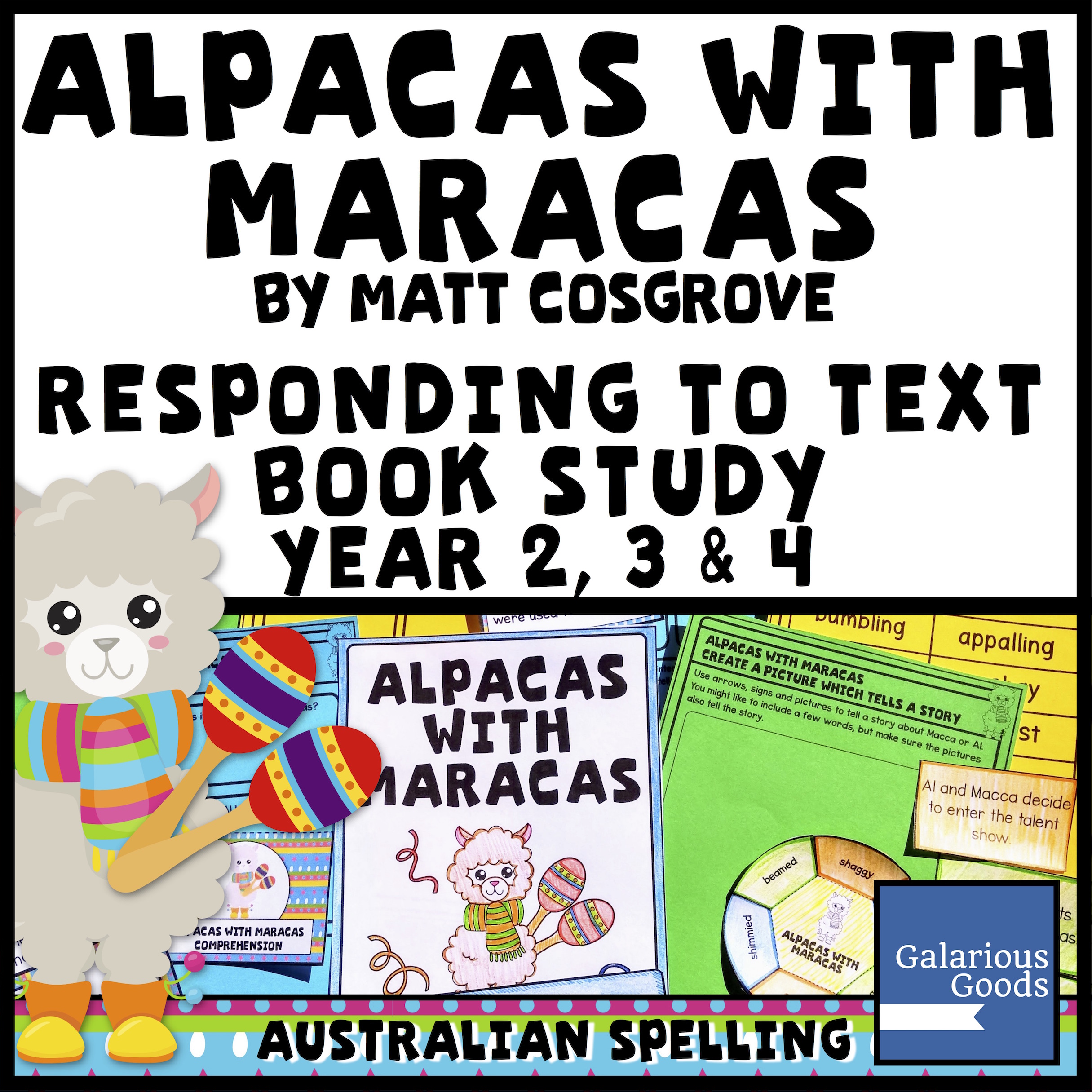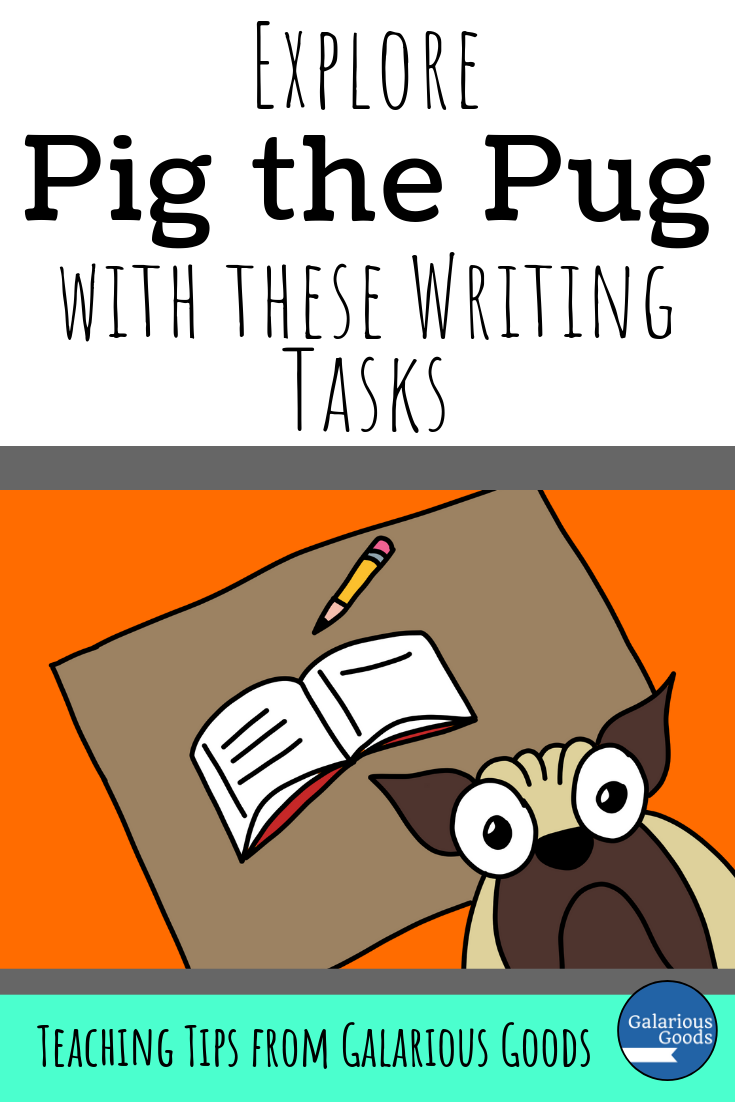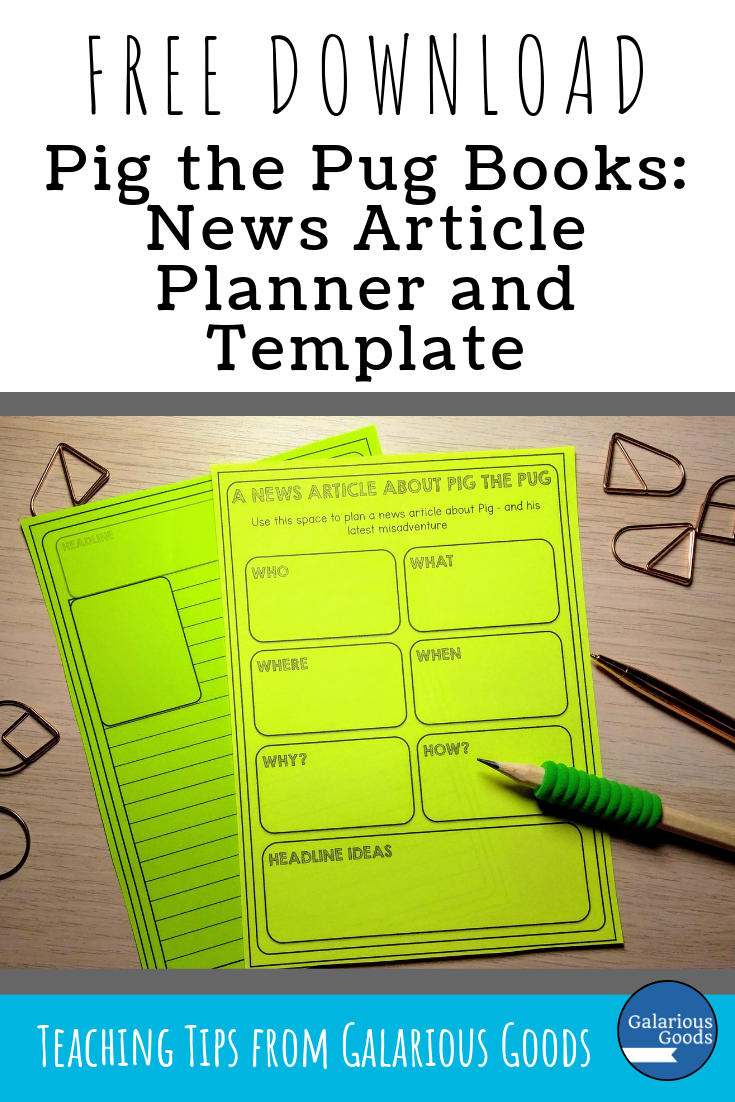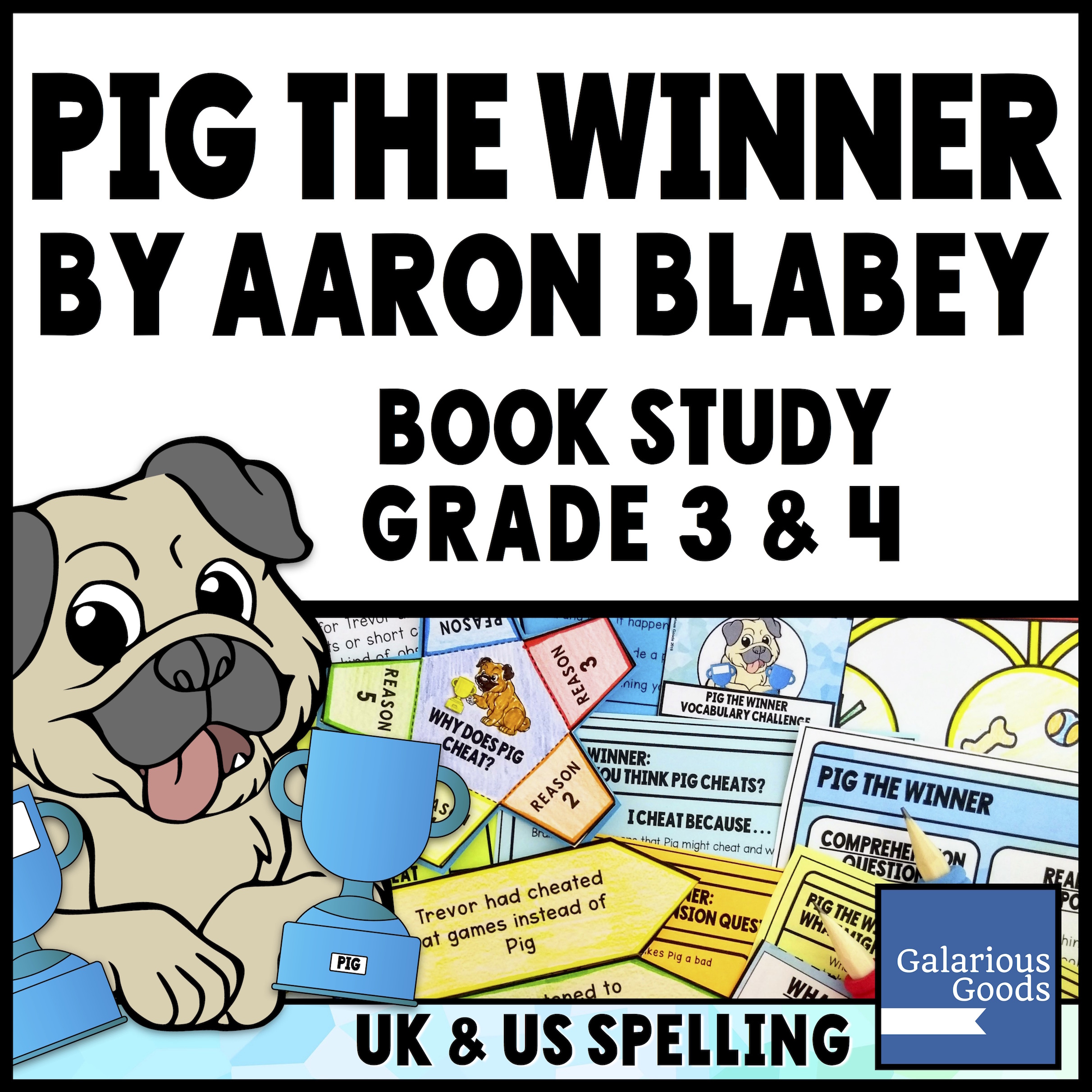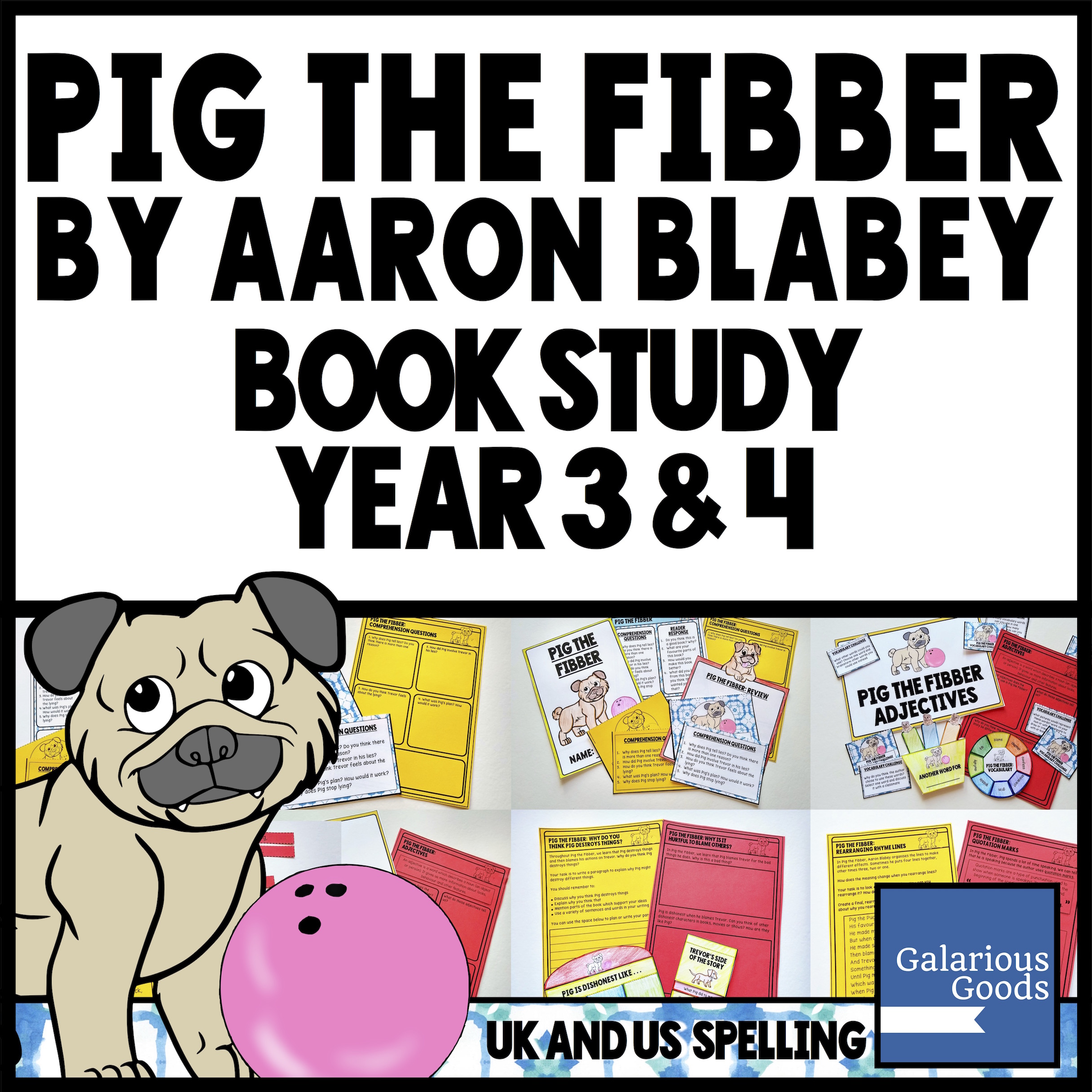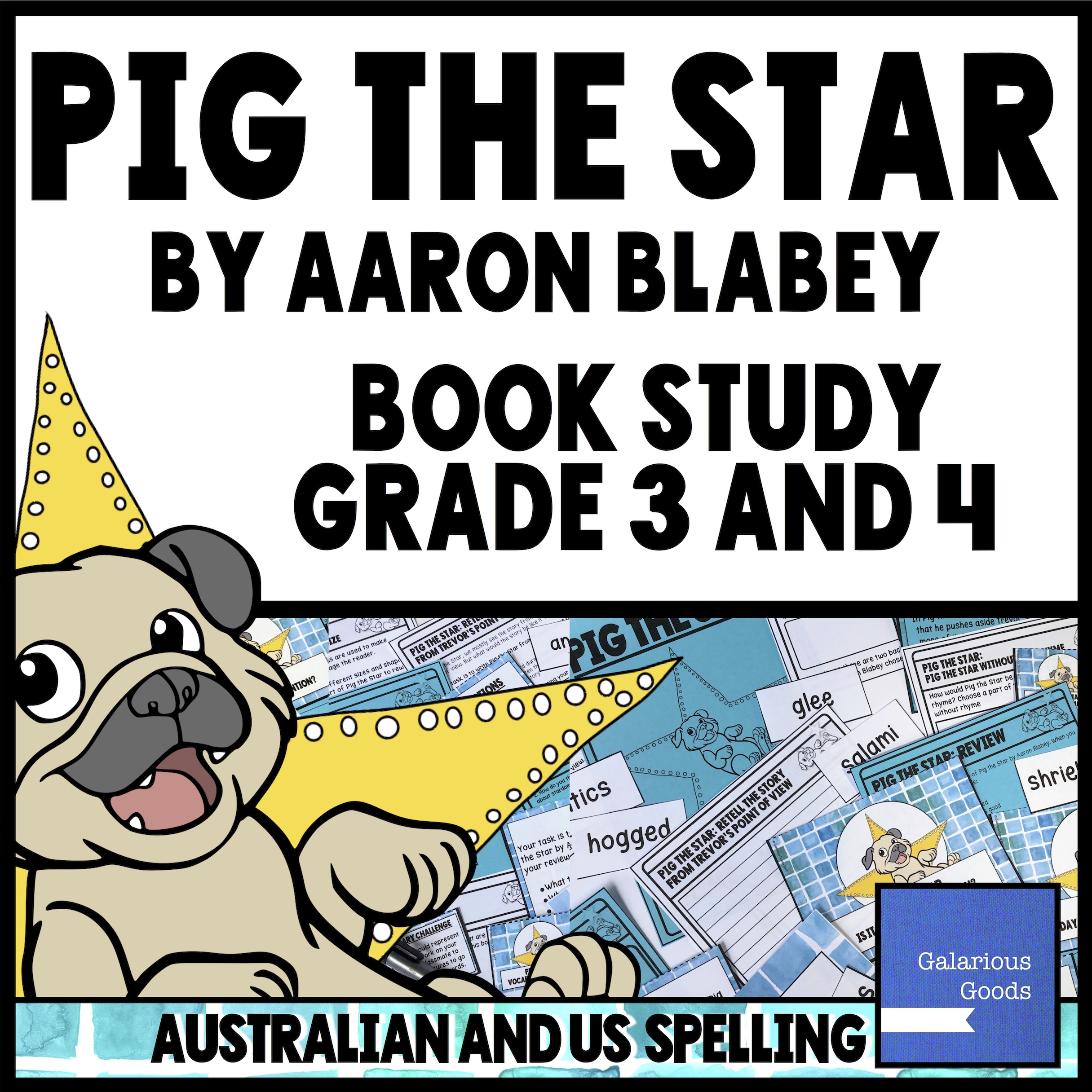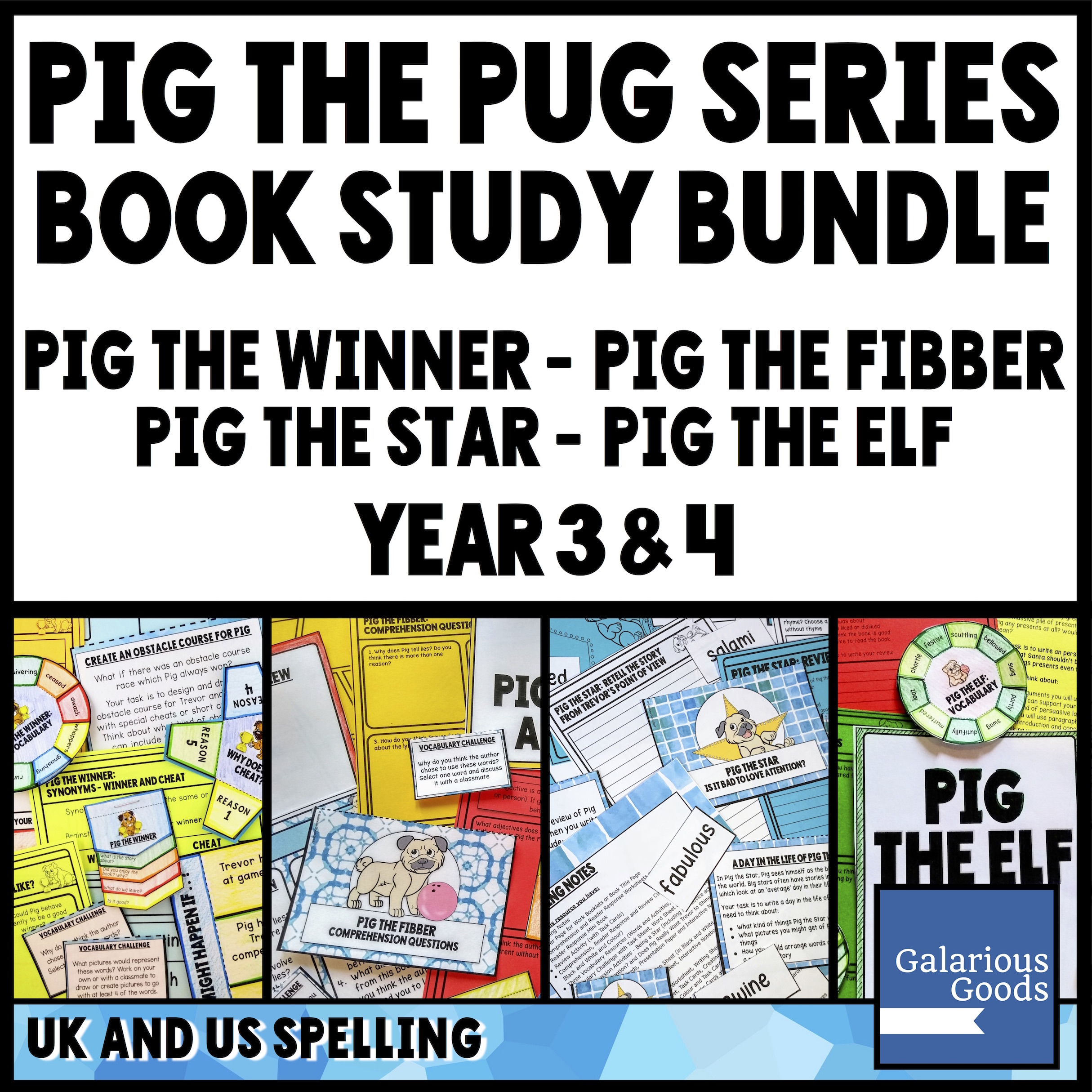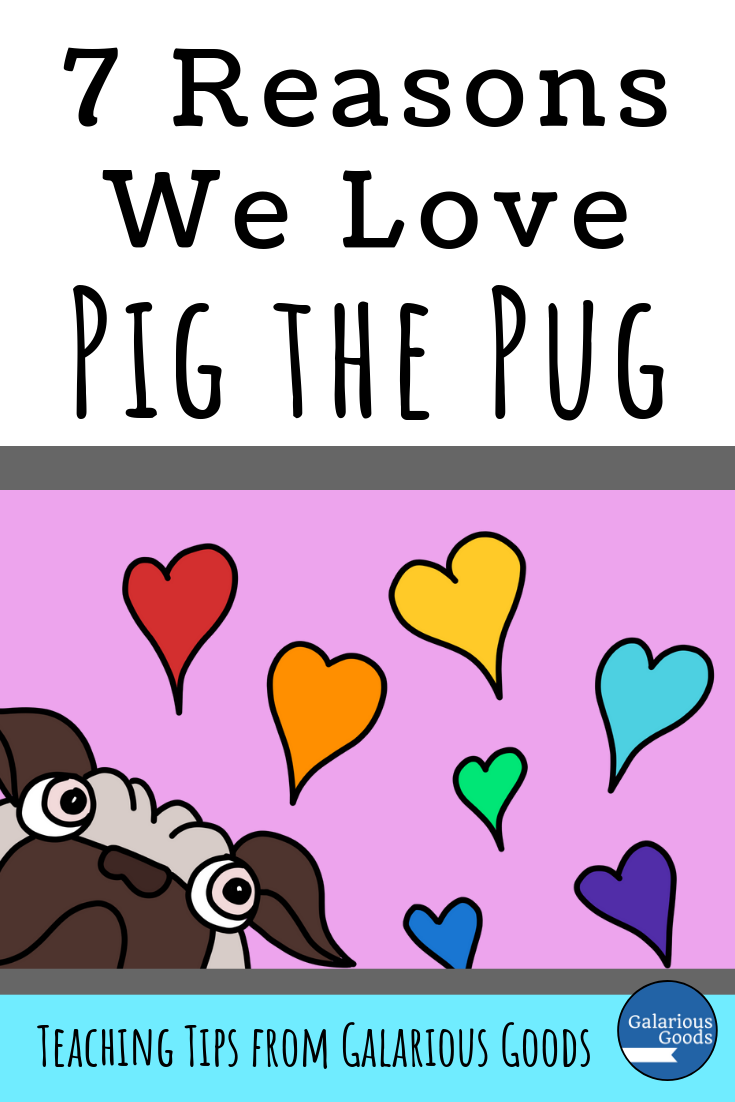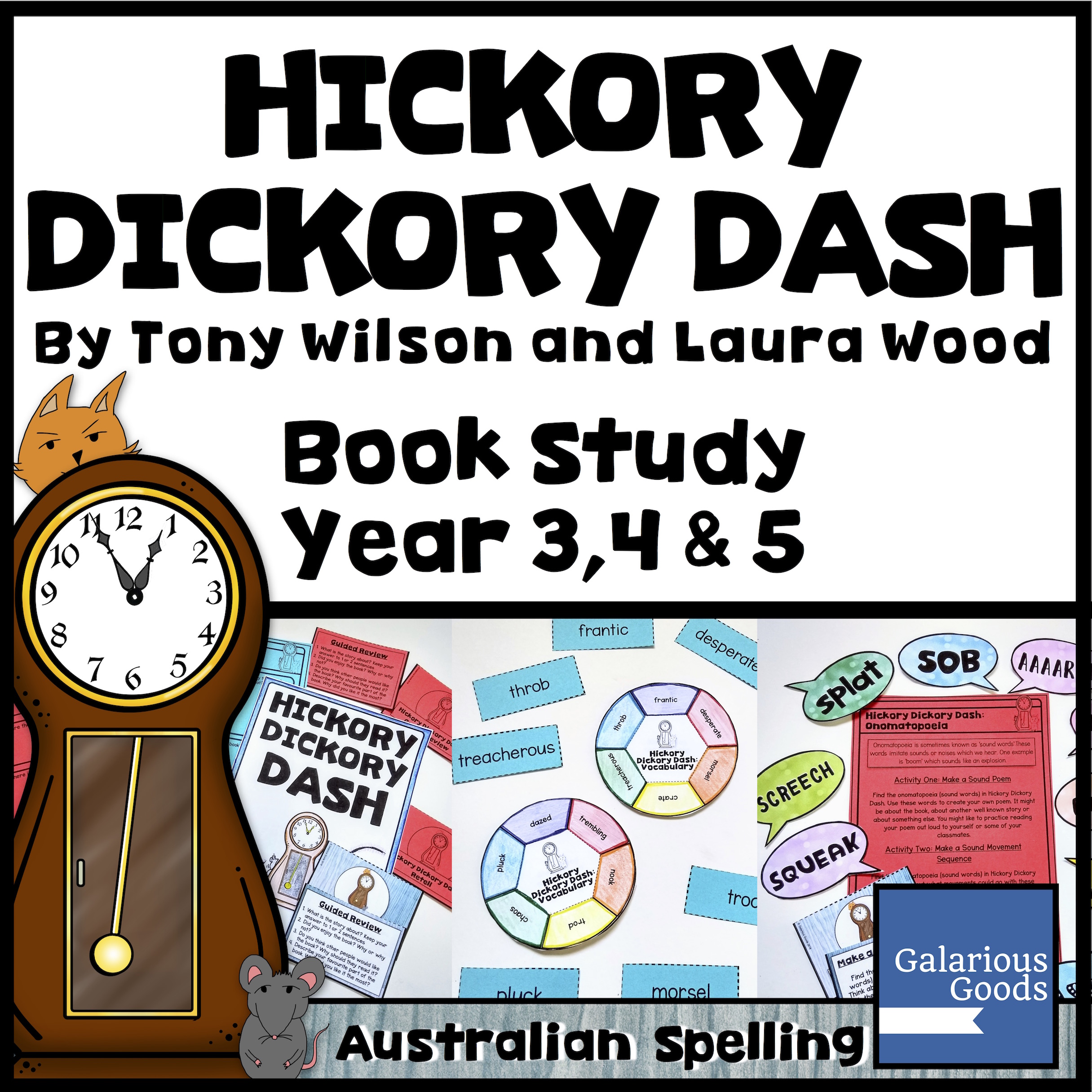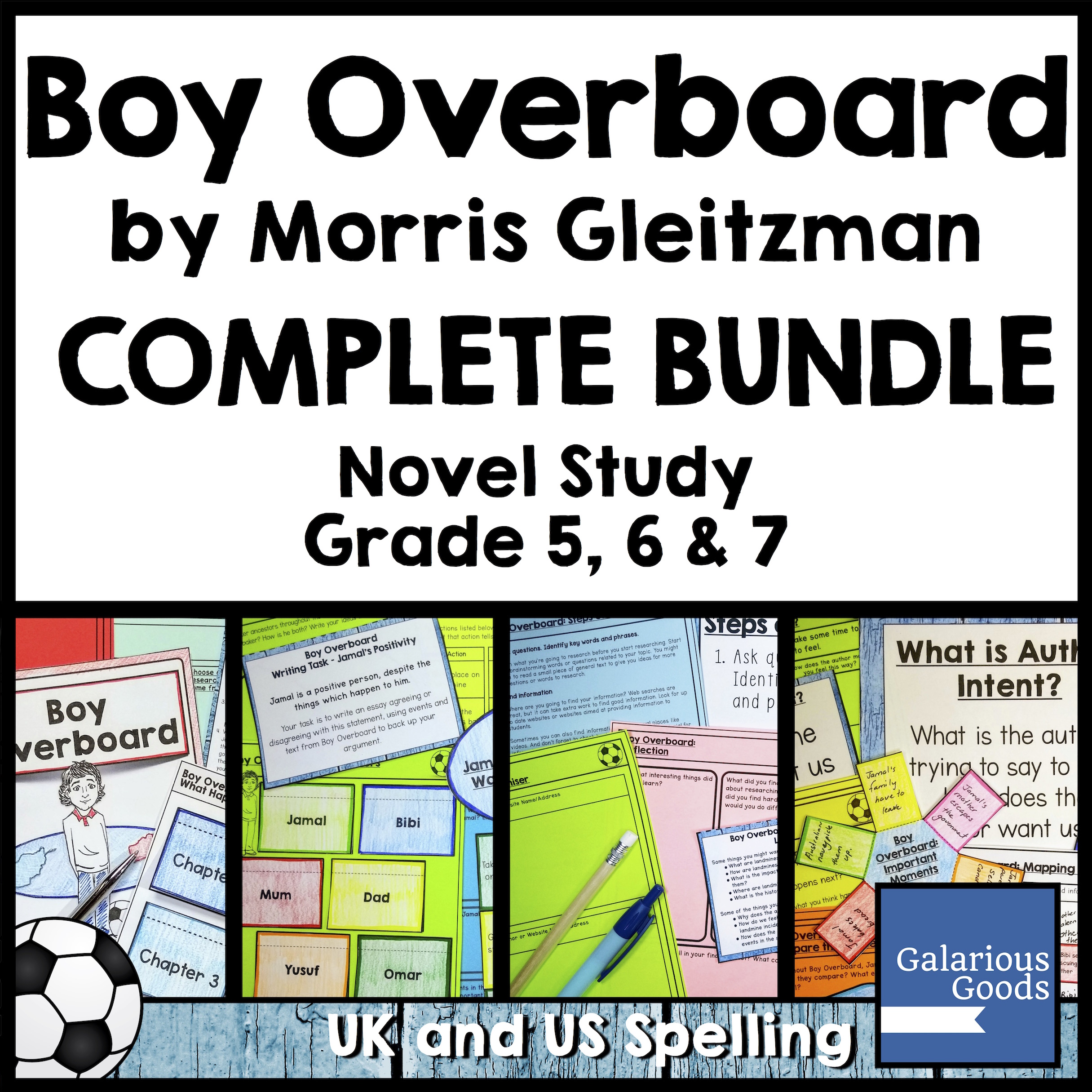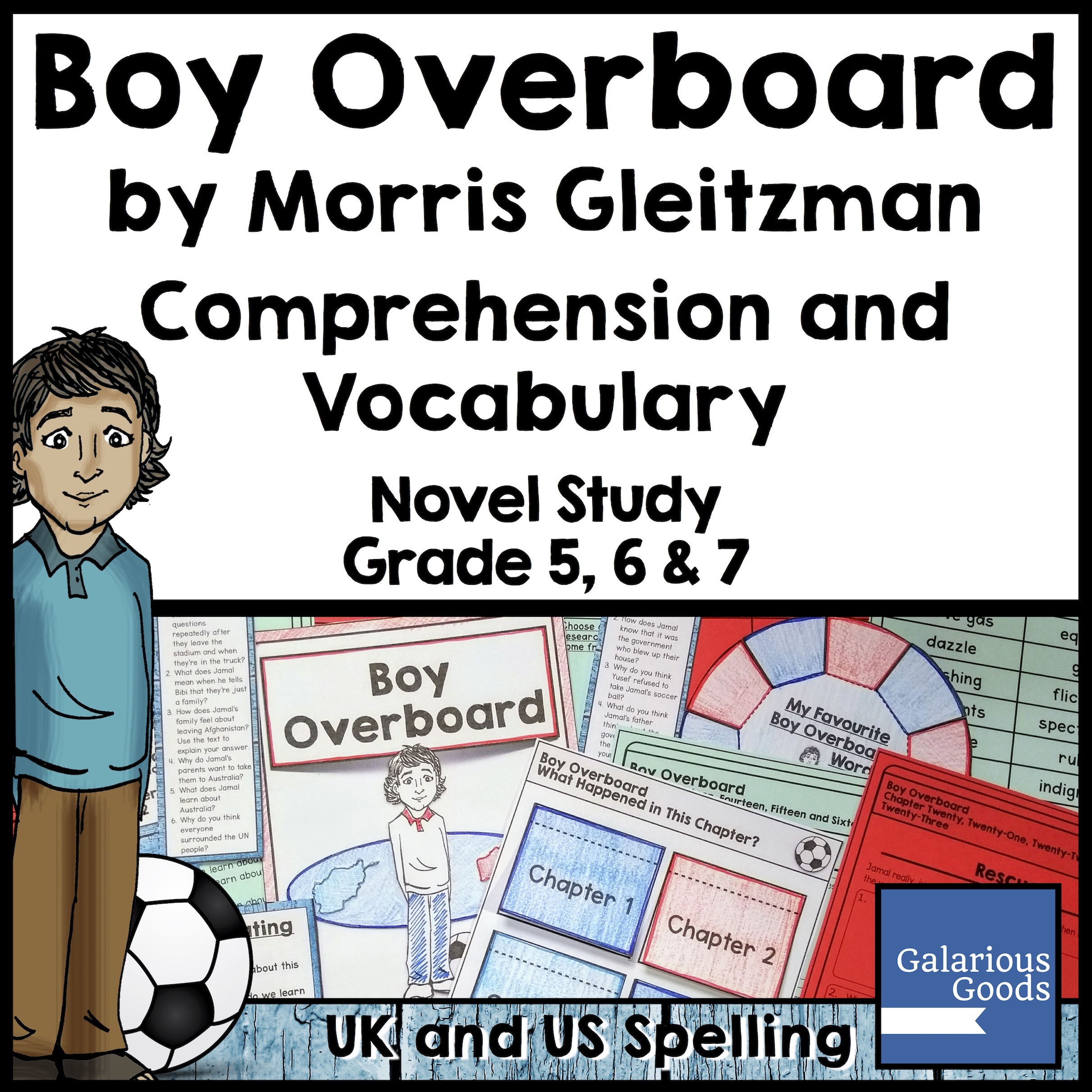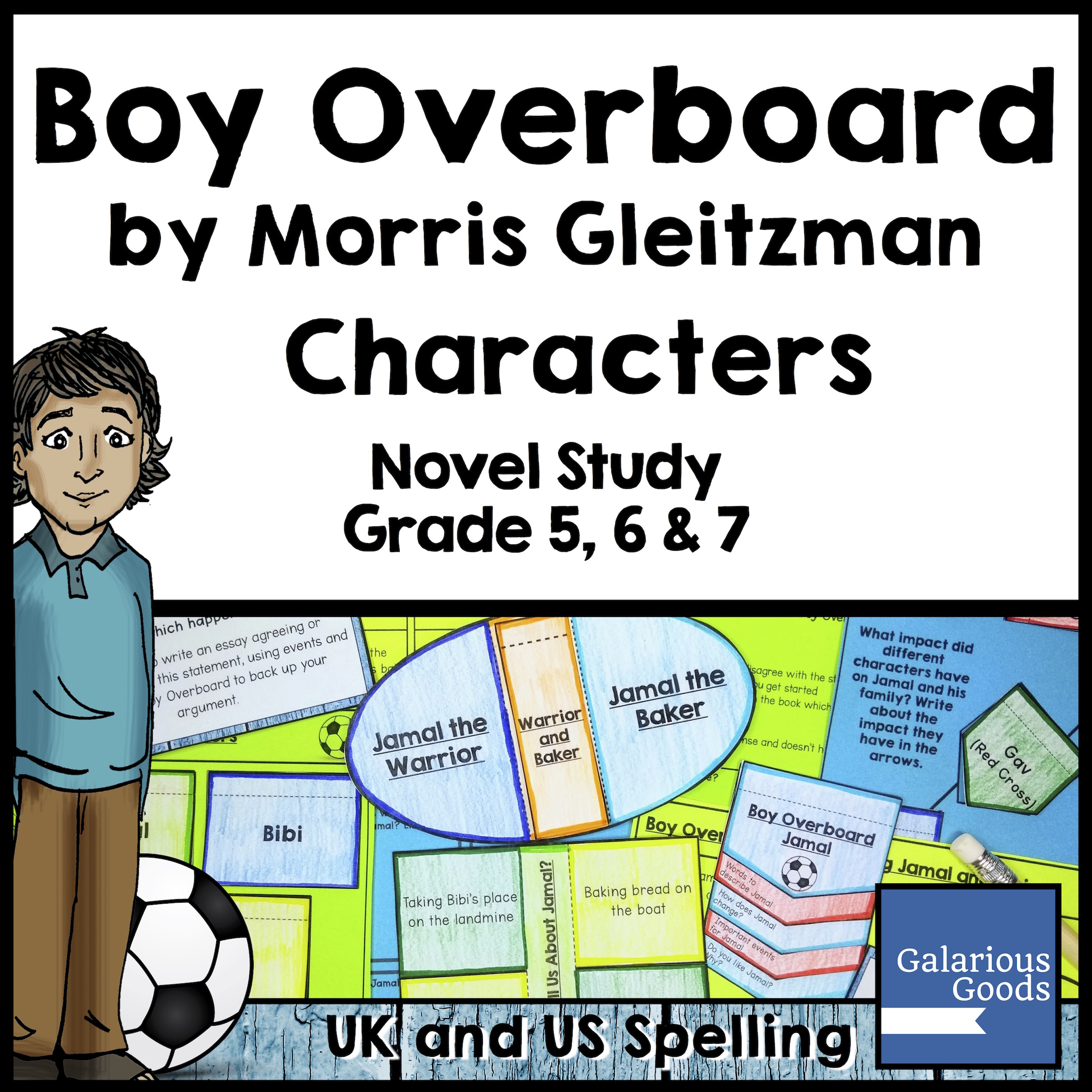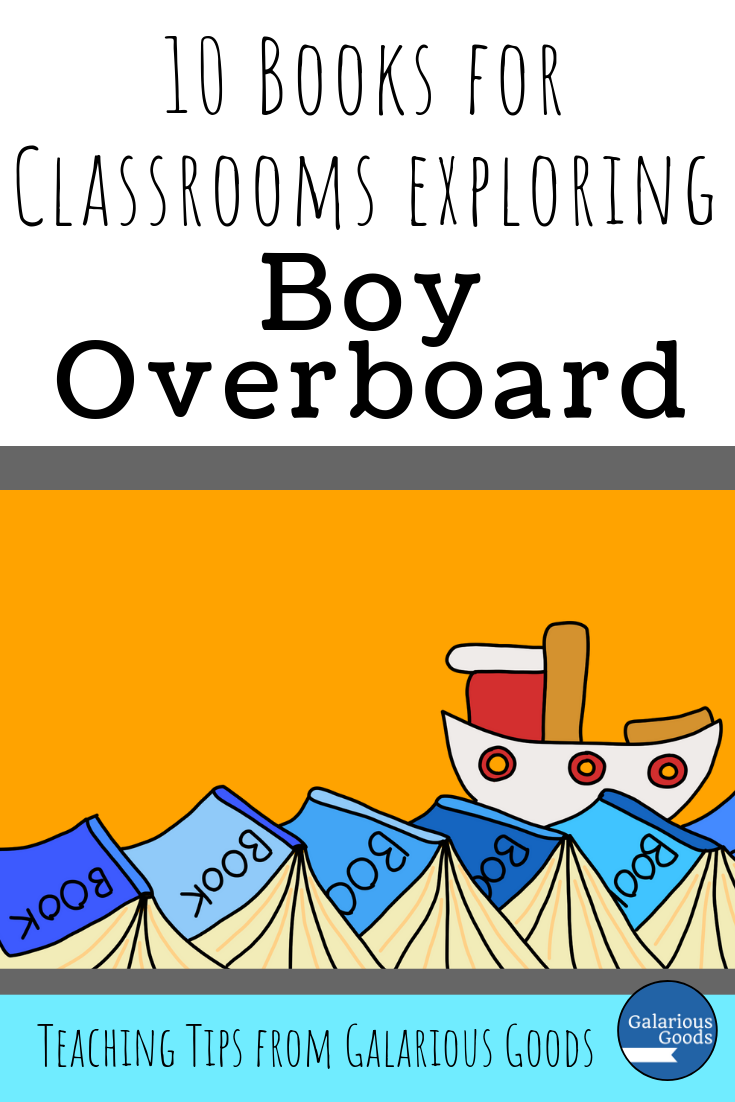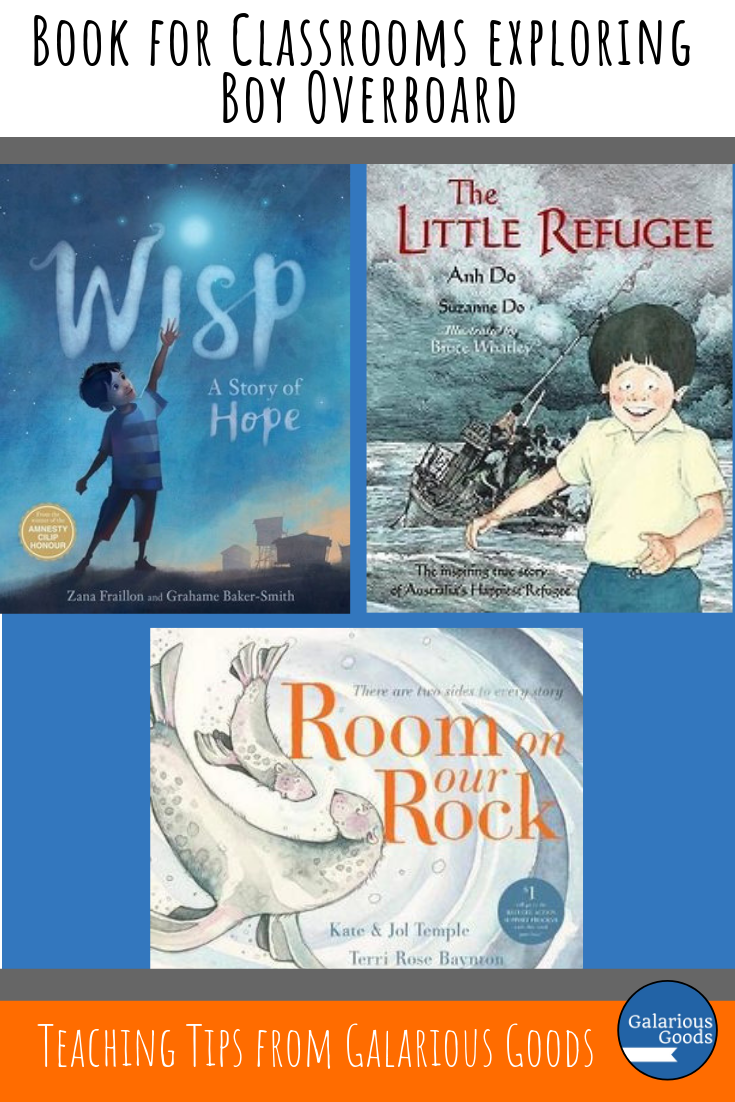Introducing Hating Alison Ashley
/Hating Alison Ashley by Robin Klein has been a staple of Australian classrooms for decades now - and for good reason! This classic Australian novel still holds its own against more modern novels and is the perfect book to engage your upper primary readers.
Hating Alison Ashley is the story of Erica Yurken - a Year 6 student with big dreams and bigger stories who finds her world turned upside down when the seemingly perfect Alison Ashley arrives at her disadvantaged school. As the story progresses, and Erica gets more frustrated with Alison taking on her position of ‘best student’ we see that Alison’s life might not be as perfect as it seems - and Erica might have a real direction to take her big imagination.
Why should you teach Hating Alison Ashley in your classroom?
1. It’s still really relevant!
There’s an occasional reference which seems a bit out of place in Hating Alison Ashley, but it’s still tackling themes and ideas which feel relevant to students today - our position in our class or school, friendships or lack of them, embarrassing families, dealing with teachers and of course - school camp.
Hating Alison Ashley gives students a launching point to discuss some of these ideas and what they would do if they were in the positions that Erica and Alison find themselves in throughout the story.
2. Erica Yurken
Erica knows she is smart. She knows she is the best thing her school has ever known. But maybe, just maybe, is there a possibility she isn’t quite as smart as she thinks she is?
Erica is a brutally real character. She’s funny and smart, but also super frustrating at times. She narrates the story, so we see it from her point of view, but sometimes she gives us just enough information to wonder what the story would be like if someone else was telling it.
Erica in the book also makes me wonder what she would be like as a teenager or an adult. She’s an incredibly memorable character, and it’s definitely worth the time exploring her closer.
3. The other real characters
Hating Alison Ashley is filled with characters who feel real - from Alison Ashley who looks perfect but has a less than perfect family life to Barry Hollis who does all sorts of terrible things - but seems to be looking for read friendships as much as Erica is. Erica’s family includes her super embarrassing younger sister and strangely absent-but-there older brother who live in dream worlds as much as Erica does as well as Valjoy, who is just the right amount of terrifying. The teachers are also a delight to read - feeling incredibly real as they take on super challenging tasks each day. Then there’s Lennie - Erica’s mother’s boyfriend - who comes in to save the day at just the right time.
These characters elevate the story, allowing students more areas to explore and discuss. Is Erica fair to Lennie? Is Barry Hollis really misguided? What skills do you need to be a teacher at Erica’s school?
4. The novel is really accessible - but has room for deeper exploration
Hating Alison Ashley isn’t a particularly long novel. It would be possible to read the book fairly quickly, either with students reading alone or a mixture of along reading, teacher reading and guided reading. It’s set in a fairly familiar setting - an Australian school in an Australian suburb - so students already have some background knowledge as they step into the world. The writing is good - but it isn’t overwhelmingly complex. It’s easily a novel every student can engage in reading.
But the themes allow for a wide range of explorations for more advanced readers. Unravelling Erica as a character can be an in-depth task on its own! Students can also compare characters, look at the choices made throughout the book by the characters and the author, look at how Erica relates to the people around her and engage in creative tasks around the book.
Have you read Hating Alison Ashley with a class - or as a student? Share your experiences in the comments!



